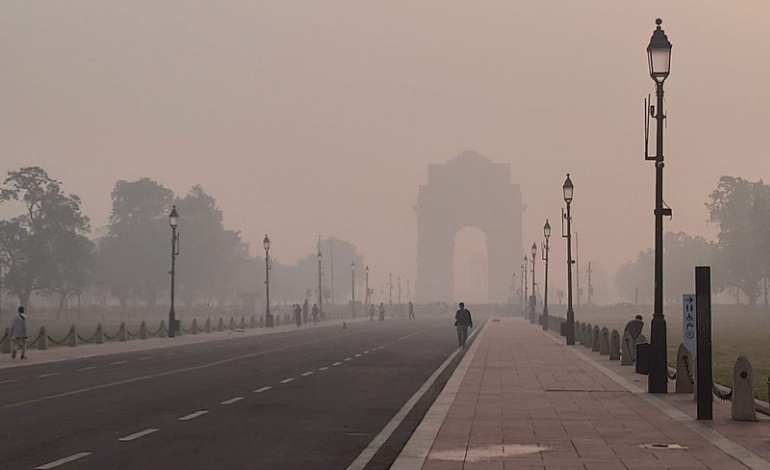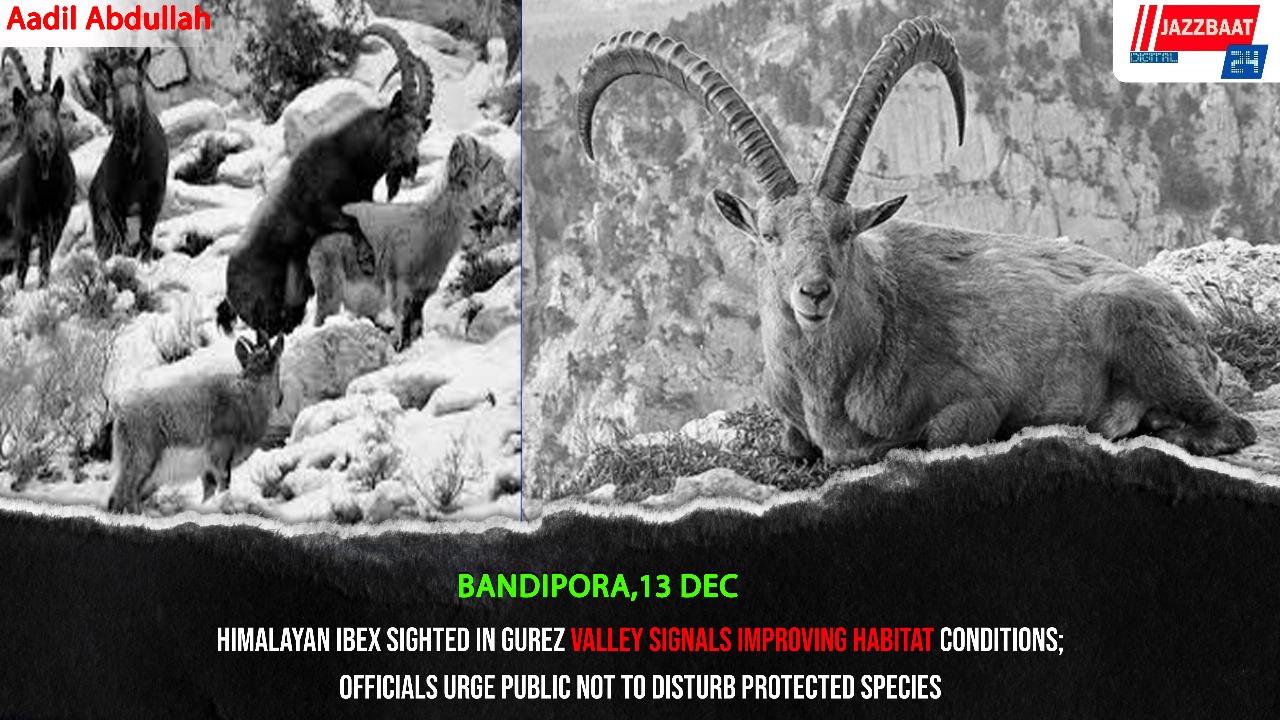According to Central Pollution Control Board data, Delhi's air quality remained in the "severe" category on Thursday.
While forecasters predicted that air quality would improve due to higher winds on Wednesday, the total Air Quality Index (AQI) of Delhi stood at 426 at 9.10 a.m.
An AQI of 400 or more is considered severe and can harm both healthy persons and those who already have illnesses.
With an AQI of 460, Anand Vihar and Jahangirpuri were the most polluted areas in the capital.
The areas that recorded Severe AQI are Alipur (439), Ashok Vihar (444), Bawana (456), Burari (443), Mathura Road (412), DTU (436), Dwarka (408), ITO (435), Mundka (438), Narela (447), Nehru Nagar (433), Patparganj (441), Rohini (453), Sonia Vihar (444), Vivek Vihar (444) and Wazirpur (444).
According to CPCB data, the AQI in Ghaziabad (391), Noida (388), Greater Noida (390), Gurugram (391), and Faridabad (347) remained in the "very poor" category.
An AQI between zero and 50 is considered "good", 51 and 100 "satisfactory", 101 and 200 "moderate", 201 and 300 "poor", 301 and 400 "very poor", and 401 and 500 "severe".
This comes just one day after Punjab reported the most farm fires. The Indian Agricultural Research Institute (IARI) reported 3,634 farm fires in Punjab on Wednesday, the highest number this year.
SAFAR, a forecasting agency under the Ministry of Earth Sciences, had previously stated that stubble burning was responsible for 32% of the PM2.5 pollution in the city on Wednesday.
Transport-level winds blow in the atmosphere's lowest two layers, the troposphere and stratosphere, carrying smoke from rural fires to the national capital region.
PM2.5 are small particles with a diameter of 2.5 micrometres or less that can travel deep into the respiratory system, reaching the lungs and entering the bloodstream.





